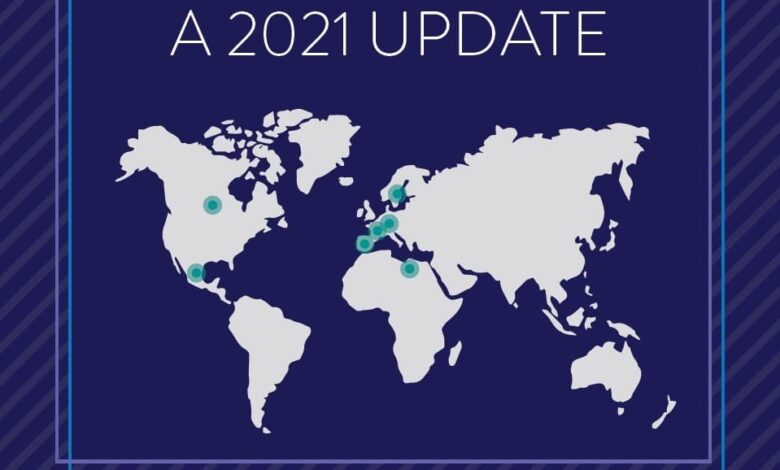Defining Feminist Foreign Policy: A 2021 Update

[ad_1]
In our consultations to date, the number-one term that has emerged as an essential ingredient to any definition of feminist foreign policy has been “intersectional.” As an intersectional movement, certainly one of the most readily apparent is the tendency of governments to use the word feminist when they mean “women and girls.” This reinforces the binary and undermines work to overcome white, ethnocentric and western-centric, cis feminism’s historical (and current) sins. Even when policies focus on gender equality, and not simply women’s empowerment, much of the literature critiquing existing feminist foreign policies points to a lack of attention to intersectional forms of discrimination and marginalization such as race, ethnicity, disability, class, or refugee status.
As we celebrate progress, we acknowledge that there is room for improvement as we seek to influence this emerging field. In our analysis, we’ve pointed to three ways to improve: (1) applying a feminist approach across all elements of foreign policy (aid, trade, defense, diplomacy and increasingly, immigration policy); (2) increasing investments in gender equality as a principal and funded goal, and allocating more funding within that envelope to feminist and women’s rights organizations and movements; and (3) adopting a more rigorous and independent practice for monitoring, evaluation, research and learning tied to policies’ intended outcomes.
Read the full report in English by clicking here or on the button below. Translated versions: Arabic | French | Spanish | German
[ad_2]
Read More



